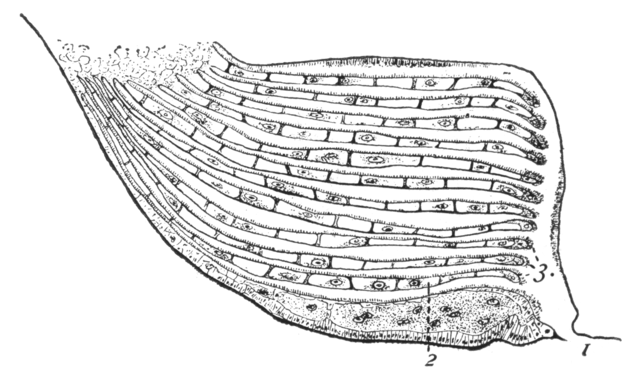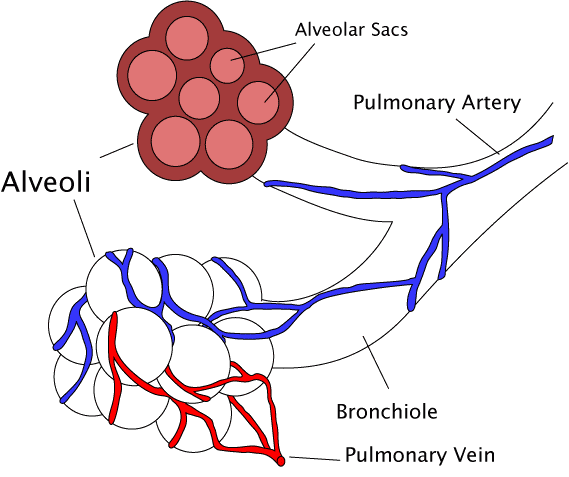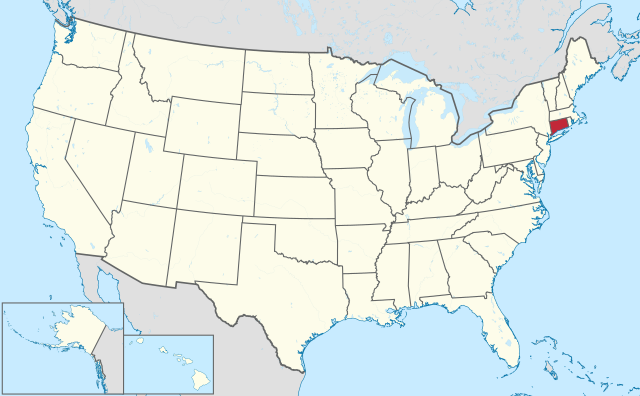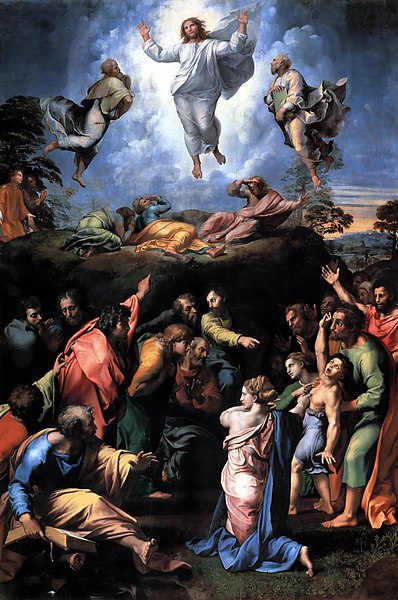We just learned about Deposition where water vapor turns right into a solid.
We've also learned that the water vapor that makes up clouds can come from evaporation or sublimation.
That all happens near the ground, but somehow that water vapor has to get way up in the sky to make a cloud.
There are a few different ways that water vapor gets lifted up to become a cloud, and one of them is using something called weather fronts.
A weather front is how the weather on our planet changes all the time.
Cold winds blow in during the winter, hot air moves in during the summer.
The way that these fronts move around with hot and cold temperatures, and different amounts of water vapor can cause different kinds of clouds, rain and storms.
If you look at weather maps, you can usually see colored shapes on the map that show what kind of temperature and pressure is in the air, and what kind of front is coming.

(from: wikipedia - weather front)
We'll learn more about each of these types of fronts next time.
Kid Facts - Blast from the past: Pillow Lava








